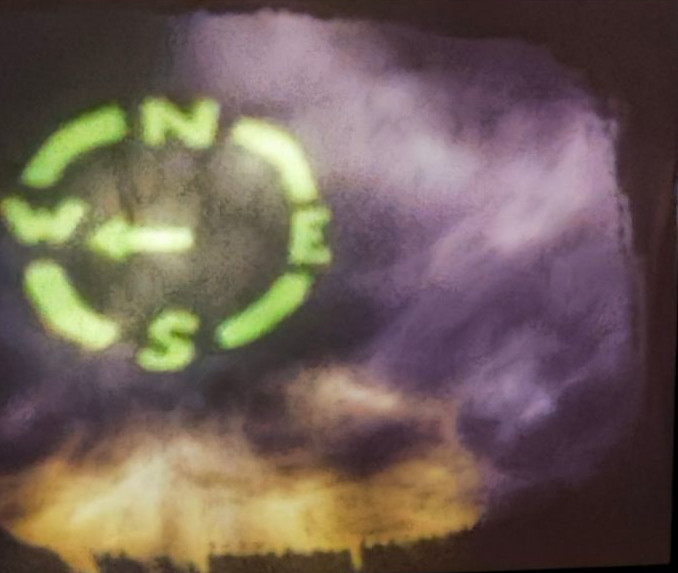The Vortex is one of Austin’s not-so-best-kept secrets. For theater lovers who want the strange, irrational, weird, and controversial off-off-off-Broadway underground type of theater, this is for you. A snug, less than 100-seater room is hidden in a narrow passage past the front’s main room, with an oak bar and a few tables.
The Trouble Puppet Theater company presented its original historical play using ugly-faced puppets, which reminded me of those strange masks worn in Northern European festivals celebrating Carnival in the dead of winter. The one-hour show featured a slideshow of advertisements from the early part of the last century touting radium as a wonder, shadow puppet figures carved into black-and-white paper cutouts (with some green, which I will explain below), and the live puppets upfront orchestrated by three or four troupe members.
The true story is based on the Radium Corporation’s dastardly deeds, which killed their young female employees, formerly based out of Newark, New Jersey. In the dimly lit factories of the early 20th century, a sad narrative unfolded as over 3,000 young girls and women embarked on an unconventional employment venture. Their task: painting luminous numerals onto the dials of watches, clocks, and military apparatus. These numerals glowed eerily, courtesy of the radium-infused paint they applied.
Instructed by their supervisors, the workers meticulously licked their camel hair brushes to a fine point before and after dipping them into the radium paint. This technique, known as lip-pointing, was deemed necessary for the delicate precision in painting the tiny numbers. When some of the women raised concerns about the safety of this practice, their supervisors assured them it was harmless and had company doctors deny their claims, telling them it was safe and eventually, when they got caught out, telling them it was syphilis.
Trusting in radium’s proclaimed benefits, these women had little reason to question the assurances. Radium has been hailed as a marvel of science since its discovery by Marie and Pierre Curie in 1898. Its mesmerizing blue-green glow fascinated all who encountered it.

Doctors prescribed it for various ailments, from common colds to cancer. Salesmen touted radium-infused face creams as a fountain of youth, promising radiant skin and prolonged life to those who used them. Yet, beneath this veneer of promise lay a darker reality that would haunt the lives of these women and their families for years to come.
A multitude of girls found themselves grappling with perilous illnesses, and tragically, many succumbed to suspected radiation poisoning. The alpha radiation seeped into their bodies through the paint they handled, gnawing away at their bones from within. A haunting array of maladies plagued them: aplastic anemia, collapsing hips, and backbones so deteriorated that they relied on cumbersome braces to maintain a semblance of upright posture.
Among them was Mollie Maggia, whose agony manifested as excruciating mouth pain. She was the main puppet character this play was focused on. Despite dental interventions, her condition only worsened, her jawbone fracturing at the gentlest touch, a grim testament to the insidious destruction wrought by radium.
Dubbed the “radium girls” by the press, these women, mere youths in their twenties, found themselves ensnared by illness, their futures abruptly truncated. Many were newlyweds, their households touched by the tender innocence of young children. Yet, their lives were now tethered to an inexorable descent into darkness.
In 1925, a glimmer of hope emerged as five women dared to challenge the U.S. Radium Corporation (USRC) in court. Despite the company’s attempts to delay proceedings, arguing temporal distance between employment and affliction, the judge rebuffed their tactics. The long-awaited trial convened in 1928, with Raymond Berry, the women’s legal advocate, seeking an expert capable of quantifying the radiation’s impact, a crucial endeavor in their fight for justice. But the company never got sued, and the families of the girls who died suffered miserably, and the girls died in vain—expendable corporate numbers.
The show is a reminder of how brutal capitalism operated and still to this day uses humans as “test subjects,” blaming the victims for choosing the work that would enslave their souls and kill their bodies.
For more information, The Vortex is located at 2307 Manor Road in east Austin. www.vortexrep.org
